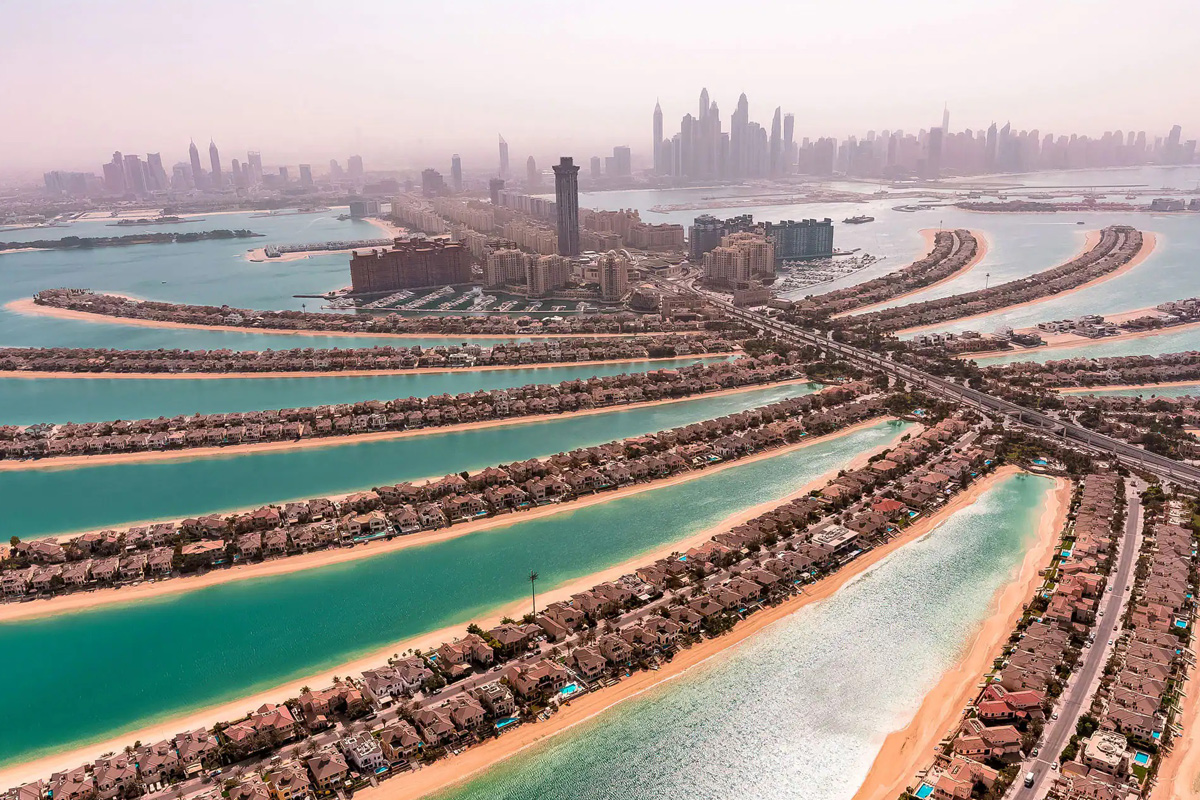Wealthy buyers are flocking to Dubai to buy properties worth $10 million or more as the emirate records the sale of 142 luxe properties in this range so far this year, Knight Frank told Arabian Business.
“The global elite are paying record prices to secure beachfront villas,” said Faisal Durrani, Partner, Head of Middle East Research at real estate consultancy Knight Frank.
“It is this insatiable demand from global high net-worth individuals (HNWIs) for homes in Dubai that has propelled prime residential values by 54.6 percent in the last 12 months – the highest level for any prime residential market in the world.”
High net-worth individuals coming from across the world have $2.5 billion to spend on Dubai real estate this year, Knight Frank revealed in a statement inaugurating its latest report ‘Destination Dubai’. Last year, $3.8 billion was spent on homes priced at over $10 million in the emirate.
Wealthy buyers are flocking to Dubai to buy luxury homes, primarily those situated in the city’s most sought after districts. Downtown (37 percent) and Palm Jumeirah (30 percent) were the top favourites among the survey’s respondents.
High net-worth individuals coming from the UK, Europe or North America’s preferred residential locations included the Palm Jumeirah and Emirates Hills while East Asian investors preferred to buy in Downtown and Business Bay.
“66 percent of global HNWI say they are looking to purchase residential property in Dubai for use as a second home. This mirrors our own market experience and marks a significant departure to our previous two cycles that were hamstrung by speculative ‘buy-to-flip’ activity, resulting in the extreme price volatility we have seen historically,” Durrani said.
According to him, the current real estate investment cycle is being characterised by the entry of genuine end users and second home buyers “who are securing homes in the most exclusive enclaves in the city such as the Palm Jumeirah and then spending almost the same amount again on refurbishing these homes as they look to heavily customise their purchases for personal use.”

Last year, Dubai emerged as the world’s fourth most active market for luxury home sales, trailing behind New York, Los Angeles, and London.
“There is nothing in the data to suggest a cliff edge moment for residential values is around the corner. The basic fundamentals of supply and demand are mismatched, suggesting that price growth will persist, albeit we are forecasting a slower rate of growth – about 5 to 7 percent for the mainstream residential market (10 percent in 2022) and 13.5 percent for the prime market; down from 44 percent last year,” said Durrani.
“Clearly there are risks out there, chiefly a global recession, soft landing, or slowdown. Indeed, global HNWI from North America also identify this as one of the biggest risks to the stability of our residential market.
“Dubai is intrinsically linked to the global economy and as such, we are exposed to global headwinds, albeit there is usually a minor lag before the impact is felt here.”
Dubai’s residential landscape
There has been an impressive surge in Dubai’s residential landscape, with the city’s prime neighbourhoods Palm Jumeirah and Downtown leading the pack. These submarkets recorded exponential growth rates of 25 percent and 15 percent respectively since Q1 2022. However, the growth in demand for villas has been strikingly uniform with such properties in Palm Jumeirah witnessing the most significant surge in price at 125 percent since January 2020.
“Dubai’s DNA has been reimagined over the last three-and-a-half years thanks in large part to the incredibly decisive response by the authorities to the pandemic,” Durrani said.
“The market sentiment we are enjoying today is a direct result of that world-leading response.”







